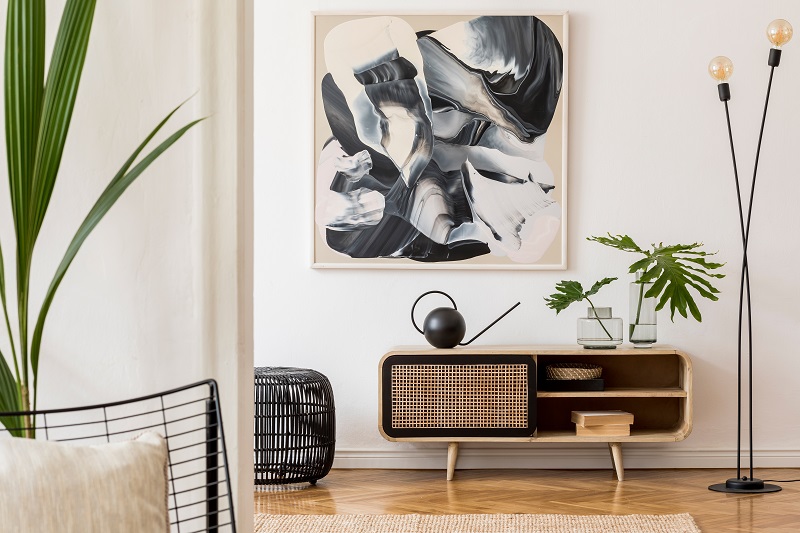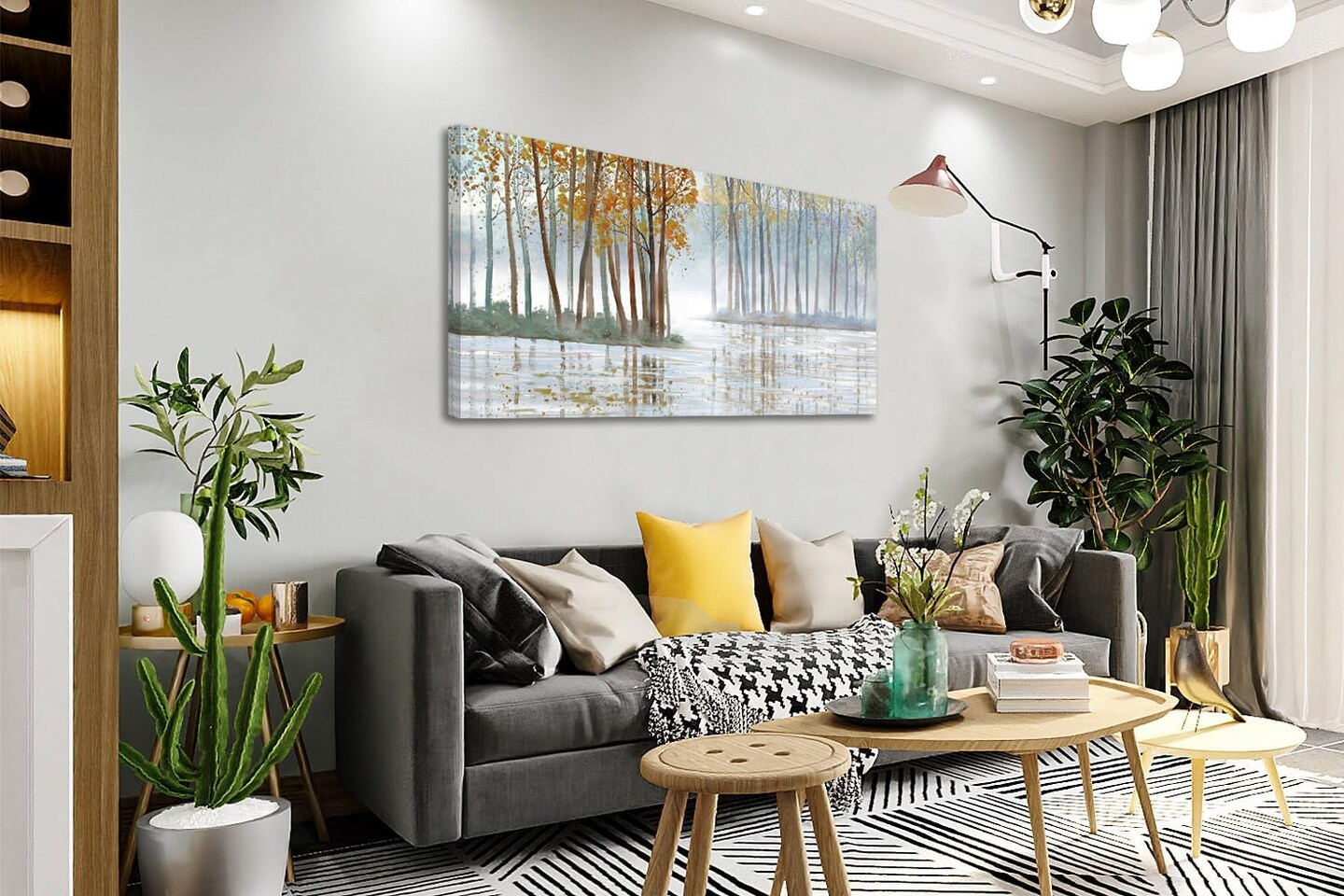Modern vs Traditional Large Art: Which is Best for Your Space?
The realm of art is vast and varied, and when it comes to large art, the choices can be overwhelming for professional photographers and art aficionados alike. With the rise of different art movements and styles, deciding between modern vs traditional large art can be quite the creative conundrum. This decision is not only about aesthetics but also about the statement you wish to make and the emotions you want to evoke in your space.
For photographers, art is more than just decoration. Its an extension of their craft, a way to express their vision and style beyond the camera lens. Whether you're enhancing a gallery, designing a personal studio, or creating an inspiring workspace, the type of art you choose sets the tone and atmosphere. So, how do you decide between modern and traditional art for large spaces?

The Allure of Modern Art
Modern art, characterized by its innovative techniques and departure from traditional aesthetics, offers a wide canvas for creativity. With its roots in the late 19th and early 20th centuries, modern art embraces abstraction, minimalism, and a variety of experimental techniques.
For professional photographers, modern art can complement contemporary photography styles, offering a seamless blend between the art on the wall and the art in your portfolio. This is especially true if your work leans towards abstract or conceptual photography. The clean lines and bold colors of modern art can create a dynamic backdrop, enhancing the visual impact of your photographic displays.
Moreover, modern art often plays with themes of color psychology, much like a well-composed photograph. The use of color psychology in wall art can be a powerful tool in creating a mood or theme in your gallery or workspace, much like the way a photographer uses color to evoke emotion in their images.
The Timelessness of Traditional Art
Traditional art, on the other hand, is synonymous with timeless beauty and classical techniques. Whether its the intricate details of a Renaissance painting or the vivid landscapes of the Romantic era, traditional art has an enduring appeal. For those photographers whose work is rooted in classic portraiture or landscapes, traditional large art can offer a harmonious complement to their photographic style.
Traditional art can also serve as a narrative tool, much like a photograph tells a story. The rich history and context behind traditional pieces can add layers of meaning and dialogue to your professional environment. Many photographers find inspiration in the detailed brushwork and composition techniques of traditional art, which can influence their own approach to framing and lighting.
Additionally, traditional art can create a sense of gravitas and sophistication in a space, elevating the perceived value of both the art and the photography displayed. For more tips on creating an elegant atmosphere with art, check out this guide on large art for statement walls.
Integrating Art and Photography
When incorporating art into a photography space, its important to consider how the two can coexist and complement each other. A strategic approach is to use art to highlight or enhance the themes present in your photography. For example, a series of minimalist photographs might be paired with a bold, abstract painting to create a striking contrast, while a collection of nature photographs might be beautifully complemented by a traditional landscape painting.
For those interested in mixing styles, consider creating a mood board with oversized art. This can help visualize how different art styles can coexist in a single space, allowing you to experiment with various combinations before committing to a final setup.
Making the Right Choice for Your Space
Ultimately, the choice between modern and traditional large art should be guided by your personal aesthetic preferences, the style of photography you produce, and the atmosphere you wish to create in your space. Consider the message you want to communicate through your art and how it aligns with your photographic work.
For those looking for inspiration or ideas, websites like Sunday Mimosas Blog offer reviews and insights on big wall decor, providing valuable perspectives on integrating large art into various environments.

FAQ
1. Can modern and traditional art be mixed in one space?
Yes, mixing modern and traditional art can create a dynamic and eclectic space. It's all about balancing the elements and ensuring that the pieces complement each other rather than clash.
2. How can large art pieces enhance a photography studio?
Large art pieces can add depth, color, and emotion to a photography studio, serving as both inspiration for photographers and a visual delight for clients. They can also help set the tone and theme of the studio, enhancing the overall experience.
3. What should be considered when choosing art for a professional space?
When choosing art for a professional space, consider the size, style, and color of the artwork, as well as how it aligns with your brand or the message you wish to convey. The art should enhance the space without overwhelming it.

